A Conserved Role of the Unconventional Myosin 1d in Laterality Determination
Document Type
Article
Publication Title
Current Biology
Publication Date
3-2018
Abstract/ Summary
Anatomical and functional asymmetries are widespread in the animal kingdom [ 1, 2 ]. In vertebrates, many visceral organs are asymmetrically placed [ 3 ]. In snails, shells and inner organs coil asymmetrically, and in Drosophila, genitalia and hindgut undergo a chiral rotation during development. The evolutionary origin of these asymmetries remains an open question [ 1 ]. Nodal signaling is widely used [ 4 ], and many, but not all, vertebrates use cilia for symmetry breaking [ 5 ]. In Drosophila, which lacks both cilia and Nodal, the unconventional myosin ID (myo1d) gene controls dextral rotation of chiral organs [ 6, 7 ]. Here, we studied the role of myo1d in left-right (LR) axis formation in Xenopus. Morpholino oligomer-mediated myo1d downregulation affected organ placement in >50% of morphant tadpoles. Induction of the left-asymmetric Nodal cascade was aberrant in >70% of cases. Expression of the flow-target gene dand5 was compromised, as was flow itself, due to shorter, fewer, and non-polarized cilia at the LR organizer. Additional phenotypes pinpointed Wnt/planar cell polarity signaling and suggested that myo1d, like in Drosophila [ 8 ], acted in the context of the planar cell polarity pathway. Indeed, convergent extension of gastrula explant cultures was inhibited in myo1d morphants, and the ATF2 reporter gene for non-canonical Wnt signaling was downregulated. Finally, genetic interference experiments demonstrated a functional interaction between the core planar cell polarity signaling gene vangl2 and myo1d in LR axis formation. Thus, our data identified myo1d as a common denominator of arthropod and chordate asymmetry, in agreement with a monophyletic origin of animal asymmetry.

